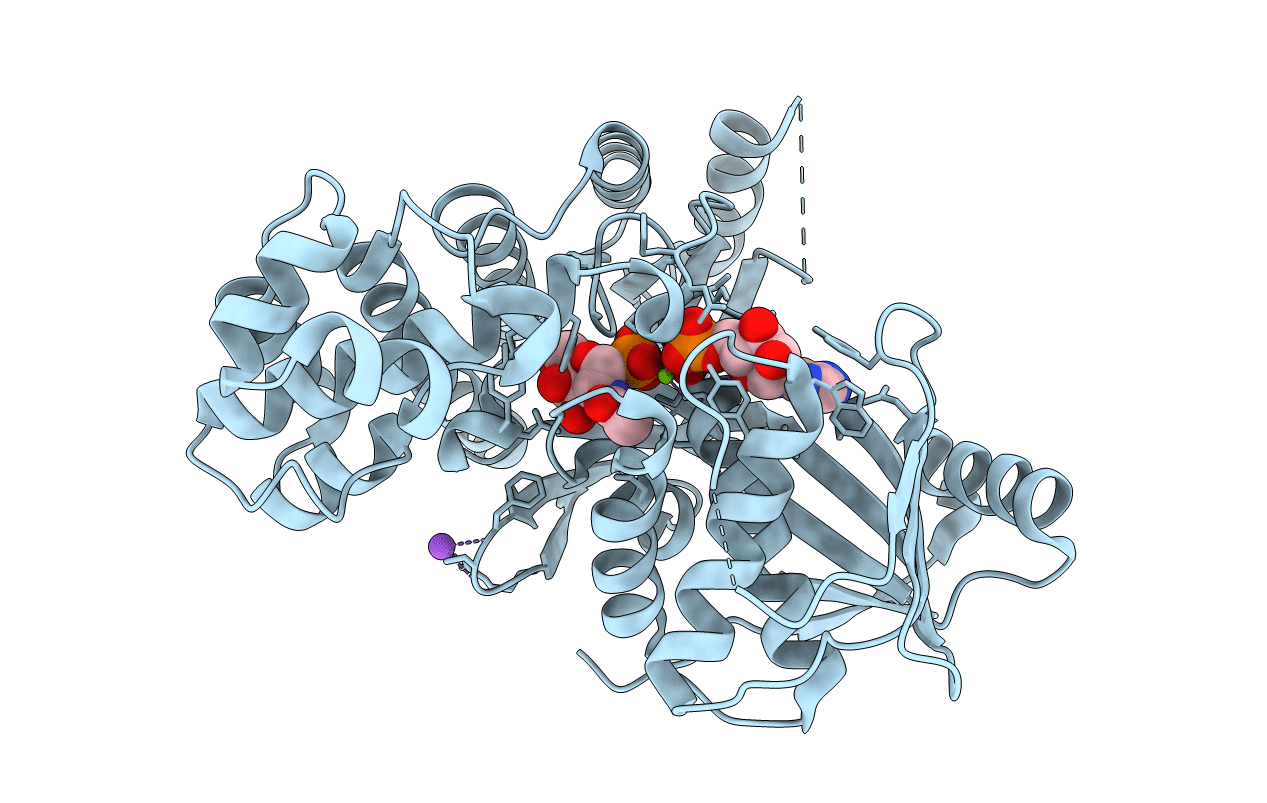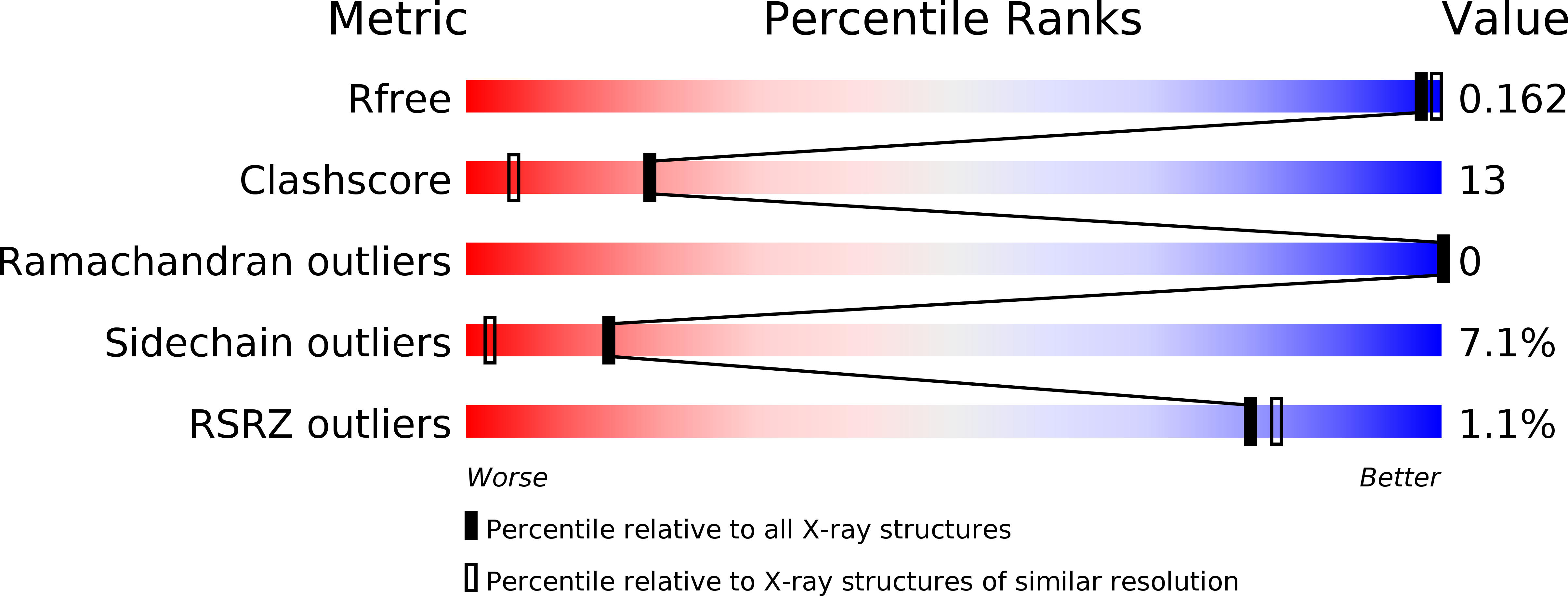
Deposition Date
2005-06-22
Release Date
2005-07-26
Last Version Date
2024-02-14
Entry Detail
PDB ID:
2A2C
Keywords:
Title:
x-ray structure of human N-acetyl galactosamine kinase complexed with Mg-ADP and N-acetyl galactosamine 1-phosphate
Biological Source:
Source Organism:
Homo sapiens (Taxon ID: 9606)
Host Organism:
Method Details:
Experimental Method:
Resolution:
1.65 Å
R-Value Free:
0.20
R-Value Work:
0.16
R-Value Observed:
0.16
Space Group:
P 65


